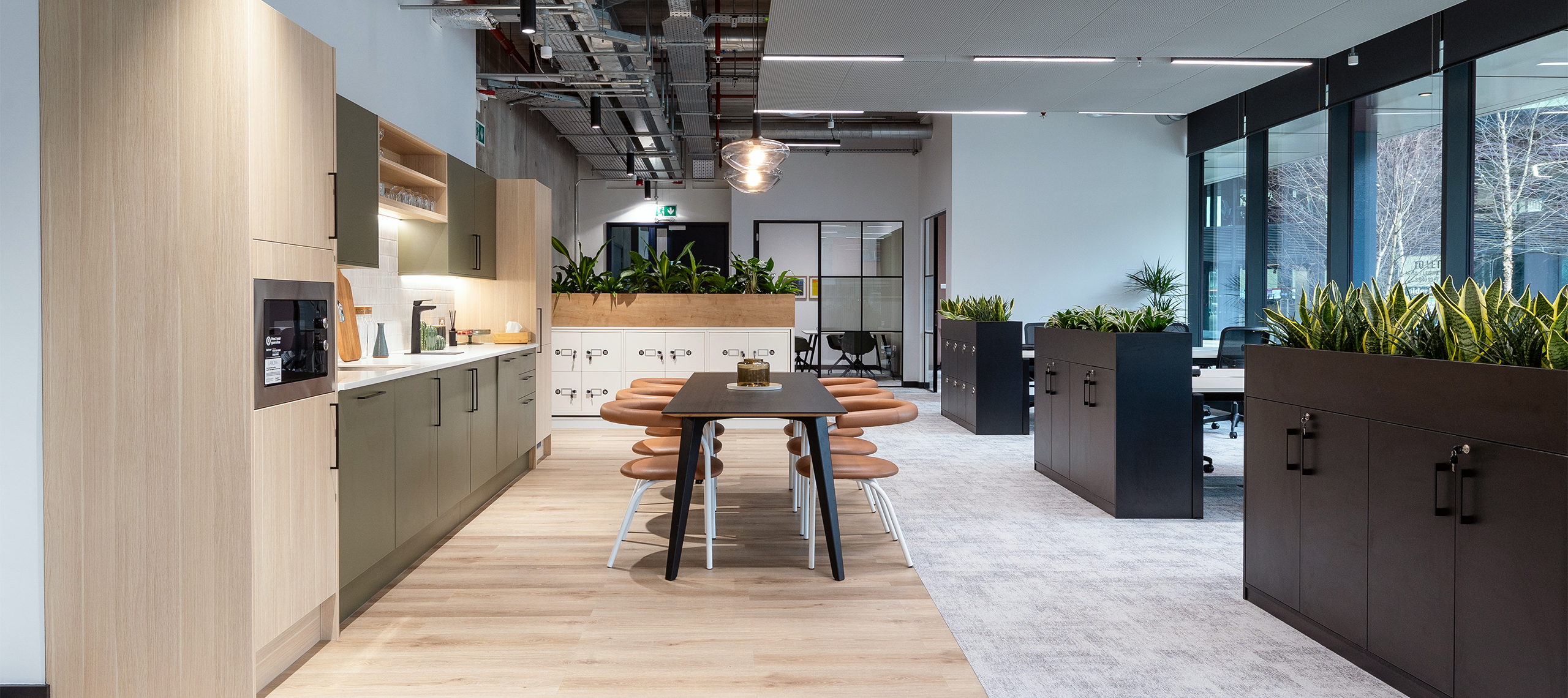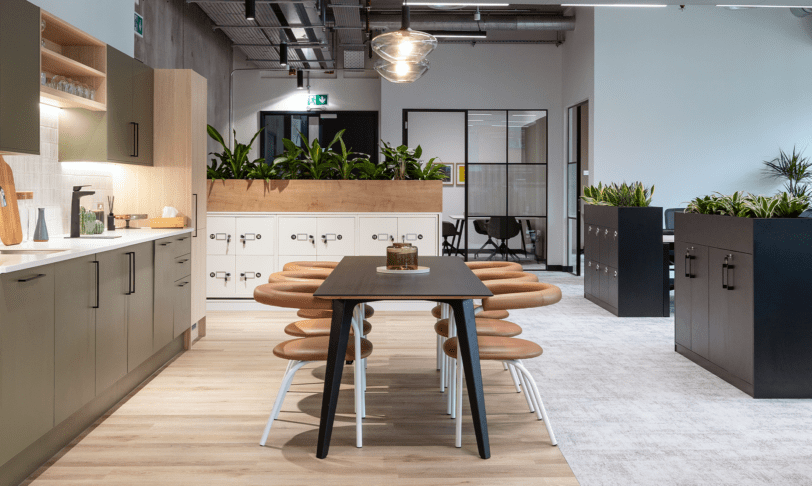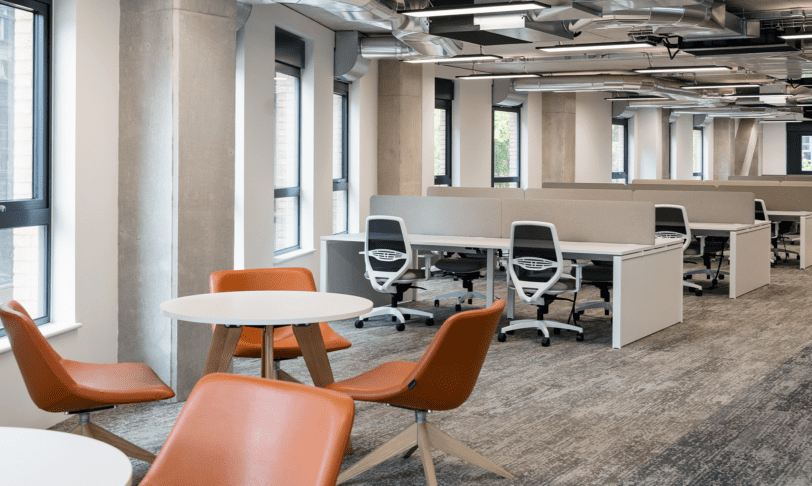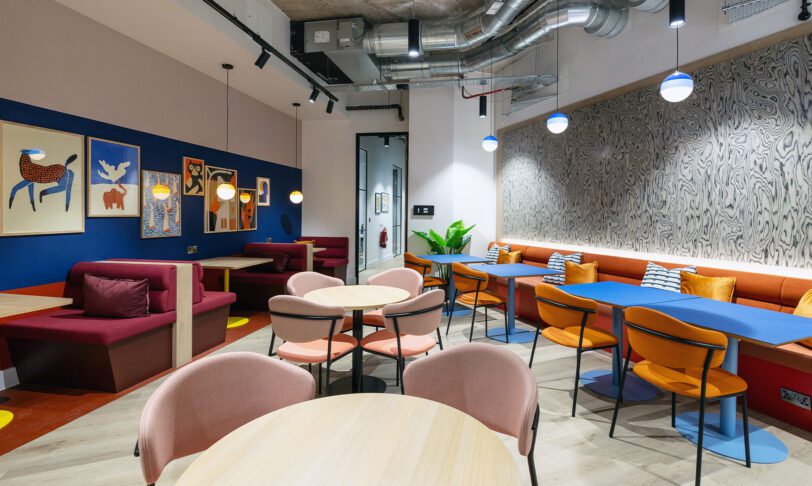How to maximise ROI from underperforming commercial properties
In an increasingly competitive commercial real estate market, fund managers and asset managers are under pressure to extract more value from underperforming assets. Repositioning properties to attract high-covenant tenants – those with strong financial backing and long-term leasing intent – offers a proven route to improving cash flow, enhancing asset value, and building resilience across market cycles.
Reframing ROI: Tenant quality as a value driver
In today’s evolving commercial property landscape, maximising ROI is less about shaving costs and more about elevating an asset’s desirability to a select group of discerning occupiers. Forward-thinking landlords are reframing their strategies to secure long-term, financially robust tenants who actively contribute to the value and performance of the space.
High-value tenants, including blue-chip firms, major professional services, and high-growth tech occupiers, are seeking spaces that reflect their ESG goals, support employee wellbeing, and foster collaboration. Buildings designed with biophilic elements, wellness amenities, and operational efficiency help reinforce a tenant’s brand and culture while delivering a workplace experience that supports talent attraction and retention.
For landlords, meeting these expectations positions assets as premium destinations, resulting in stronger rental agreements, lower vacancy rates, and greater long-term appeal to institutional investors.
Marketing and tenant attraction strategies
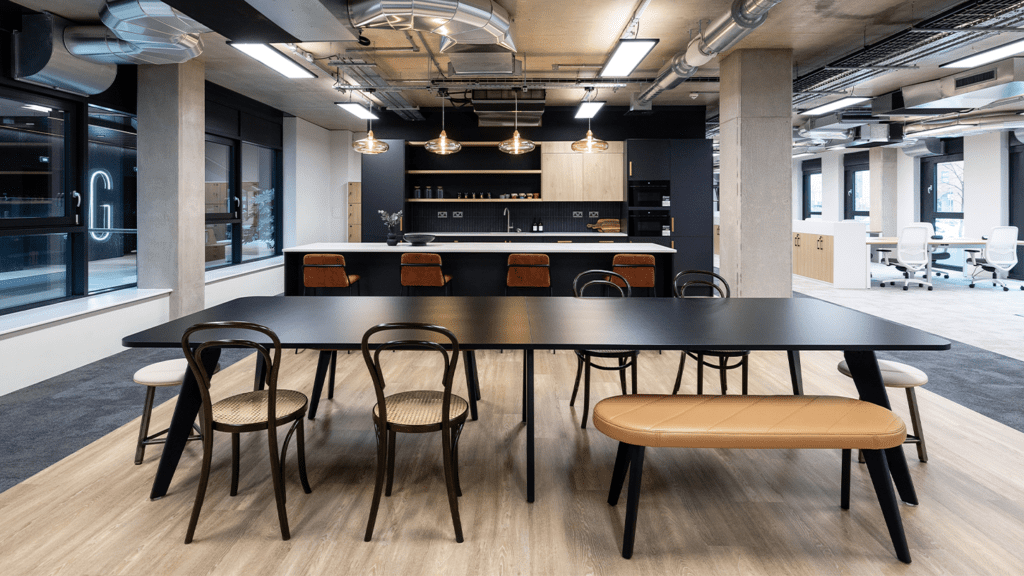
How to identify and attract high-covenant tenants
Attracting high-covenant tenants is both an art and a science. These organisations are looking for buildings that align with their values, support their people, and reflect their brand identity. The process begins with deeply understanding who these tenants are and what drives their decision-making — factors such as location, building quality, lease terms, ESG credentials, and flexibility.
For instance, the finance and legal sectors gravitate towards prime city-centre locations. These firms, which often commit to leases of 10 years or more, are drawn to spaces that deliver on prestige, security, and operational efficiency. Picture a leading international law firm looking for a headquarters that speaks to both its heritage and modern ambitions: a space that can host confidential client meetings, offer exceptional amenities to staff, and be located within easy reach of major transport hubs.
Technology companies, by contrast, place a premium on innovation and flexibility. Whether it’s a global tech leader or an ambitious scale-up, these organisations seek agile environments that can grow and adapt alongside them. Their teams value collaborative zones for idea generation, wellness amenities that show a genuine commitment to employee wellbeing, and sustainable credentials that align with their environmental goals.
Professional services firms – including accountancy, consultancy, and engineering practices – often seek a blend of reliability and adaptability. They are drawn to buildings that can flex to support hybrid working patterns, accommodate client-facing teams, and provide breakout spaces to nurture company culture. For these tenants, the building itself plays a critical role in helping retain talent and support client engagement.
Increasingly, these high-value tenants prioritise environmental and social governance (ESG). Properties with top-tier certifications stand out as investments in their people and the planet. In tandem, amenities like showers, quiet zones, and smart building systems add layers of desirability.
Shaping your asset to stand out
At its core, marketing to high-covenant tenants is about presenting a clear, compelling vision of how your building supports their strategic goals. It means positioning your property as a high-performing workplace, one that enables productivity, reflects brand values, and meets the evolving expectations of today’s top-tier occupiers.
Start by elevating your building’s narrative. Demonstrate how the building enhances wellbeing, drives collaboration, and provides operational excellence.
Collaborating with specialist agents who understand the priorities of blue-chip and growth-sector tenants can amplify your outreach. And when your marketing campaign speaks directly to corporate real estate decision-makers – through tailored digital strategies, PR efforts, and industry networks – it positions your asset as a destination of choice.
The long-term benefit? Securing high-covenant tenants not only delivers stable, predictable income but also elevates the building’s overall profile. In doing so, it helps reposition the asset as a cornerstone of a resilient and valuable portfolio.
Key strategies for increasing ROI by attracting high-quality tenants
1. Targeted Capital Expenditure (CAPEX) Investment
Capital Expenditure (CAPEX) refers to the funds allocated for upgrading and enhancing physical assets. Rather than spreading budgets thinly across generic refurbishments, the most effective approach is to make targeted investments that align with what high-value tenants actually desire. Prioritising spaces with upgraded end-of-trip facilities – such as showers, bike storage, and lockers – supports wellness and active travel, which are increasingly important to occupiers.
Adaptable floor plates that allow tenants to reconfigure layouts as their businesses grow also help futureproof a space. Add in wellness-centric features, such as natural light optimisation, quiet zones, and integrated technology like smart climate controls, and you create a space that is both inspiring and efficient. These thoughtful enhancements signal to discerning tenants that the building is designed with their people in mind.
2. ESG-centric enhancements
Today’s tenants, especially those in finance, technology, and professional services, are deeply invested in environmental, social, and governance (ESG) standards. A building that showcases a commitment to ESG principles instantly positions itself as a partner in their sustainability journey.
Sustainable buildings consistently outperform non-certified properties. Green-certified buildings often achieve up to 35% higher rental rates and 18% higher occupancy rates. Operating costs can also be reduced by around 30% with energy-efficient upgrades like LED lighting, solar panels, and high-performance HVAC systems. Implementing smart building technologies such as automated climate control, occupancy sensors, and predictive maintenance software can cut energy usage by 10-40%, improving long-term ROI and appealing to environmentally conscious tenants.
To stand out, landlords must go beyond box-ticking. This includes targeting high-level certifications such as BREEAM Excellent or WELL Gold, incorporating biophilic elements like green walls and landscaped terraces, and ensuring strong air quality throughout. Highlighting these ESG features through case studies, performance data, and visual storytelling helps communicate real value to discerning occupiers, reinforcing the asset’s alignment with their environmental and social goals.
3. Creating destination workplaces
High-value tenants increasingly prioritise work environments that strengthen company culture, support collaboration, and make employees want to be there. A people-focused approach to office design is central to creating spaces that meet these expectations.
A destination workplace combines functional design, such as acoustically optimised meeting rooms, ergonomic workstations, and flexible communal areas, with experiential elements like social hubs, wellness rooms, and standout design features that instil a sense of identity and pride. These environments help tenants attract and retain top talent, reinforcing the workplace as a strategic part of their employer brand.
Targeted renovations can drive up both rental income and property value. Modernising common areas, upgrading building systems, and enhancing curb appeal are effective strategies. In some cases, repositioning the property altogether may be the best move. Converting a struggling retail unit into a mixed-use space, transforming an aging office into a coworking hub, or repurposing a vacant warehouse into an industrial logistics centre could unlock new revenue potential.
4. Flexibility and CAT A and CAT B fit-outs
Modern fit-outs play a strategic role in tenant attraction and lease velocity. While CAT A provides a functional, blank canvas for occupiers, offering CAT B or CAT A+ fit-outs can significantly reduce time-to-lease by providing fully finished, ready-to-use spaces.
These ready-to-use environments appeal to high-value tenants seeking speed, simplicity, and quality, enabling them to occupy and operate with minimal disruption.
Case studies: Repositioning to win major tenants
Case Study 1: Southworks, London – Tech Sector
Southworks, located in Southwark, London, underwent a comprehensive repositioning to attract top-tier tech tenants. The project included achieving WELL Core and Shell Platinum certification – the first building in the UK to do so – alongside smart technology integration and wellness-led design. As a result, the building secured a leading tech company as its anchor tenant, who was drawn by the building’s health-focused amenities and cutting-edge smart features.
Case Study 2: The Distillery, Bristol – A Primed space built to attract premium tenants
Interaction delivered a fully fitted, 4,400 sq ft workspace as part of our “Primed” offering, designed to minimise void periods and accelerate time-to-lease. The CAT A+ style fit-out balances quality and flexibility, offering a turnkey solution tailored to premium occupiers. Drawing from the building’s architectural character, the building features collaboration zones, private booths, a breakout kitchen, and acoustic treatments to support diverse working styles.
To enhance marketability, the design incorporates reused furniture, energy-efficient systems, and soft finishes that allow incoming tenants to personalise the space with minimal disruption. Stocked essentials and plug-and-play functionality position the asset as ready for immediate occupation, reducing downtime and appealing to high-value tenants seeking speed, quality, and ESG-aligned credentials.
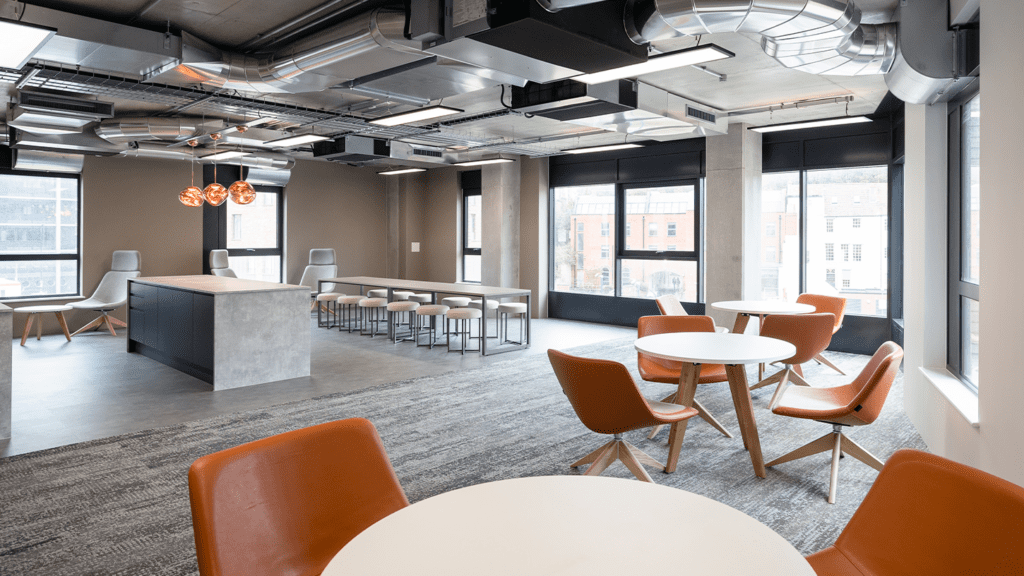
Case Study 3: Windmill Green, Manchester – Legal and professional services
Windmill Green, a landmark redevelopment in Manchester city centre, was repositioned to appeal to professional services firms. The building achieved BREEAM Outstanding certification and offers wellness-oriented features, including rooftop gardens and active travel facilities. It successfully attracted law firm Slater and Gordon as a long-term tenant, who were particularly drawn to the building’s sustainability credentials and flexible working layouts, contributing to an uplift in rental income and asset valuation.
Take the next step for your commercial property
Maximising ROI in underperforming commercial properties requires a combination of strategic financial planning, property enhancements, effective marketing, and adaptability to emerging trends. By implementing these strategies, landlords can transform struggling properties into high-performing assets.
Ready to reposition your asset for stronger returns? Interaction partners with commercial property professionals to design and deliver tenant-ready spaces that maximise income, reduce vacancy, and enhance long-term asset value. Contact us today.
